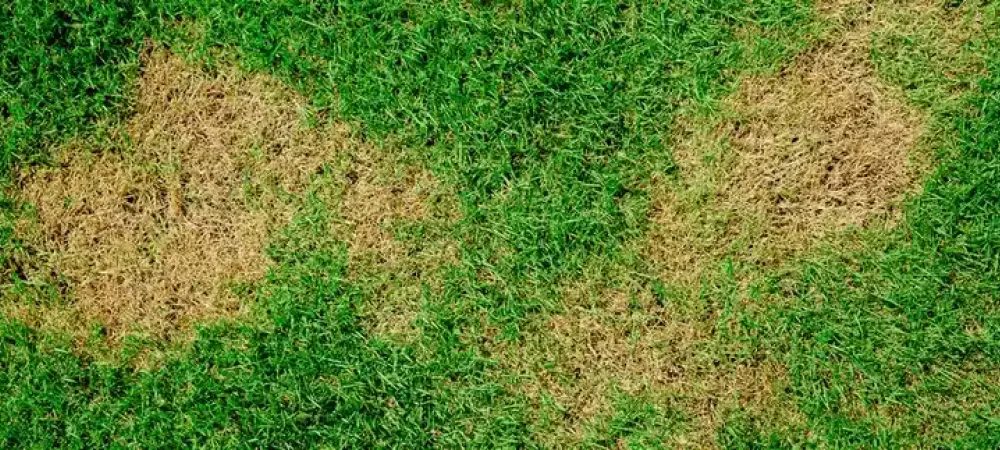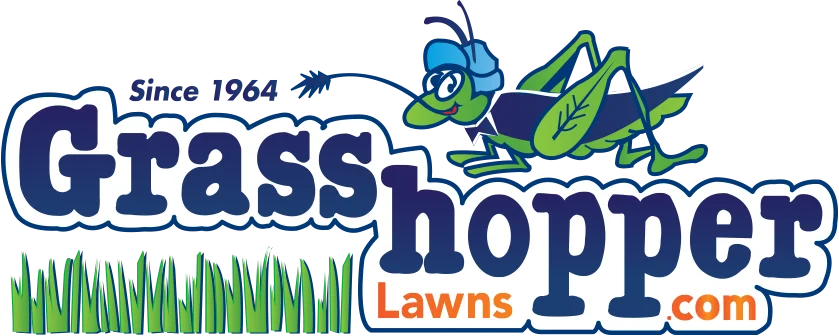Grass Colors and What They Mean

Everyone knows that grass is green, but did you know that your lawn can change its color slightly throughout the year? The color of grass depends on the environmental conditions – how much sun and rain it gets and what the soil is like. Most subtle color changes are harmless, but if your lawn seems to be changing color drastically it could be a sign of an underlying problem. Below are some colors your grass may go, and what they all mean.
Dark Green
Dark green grass is a sign that it’s producing lots of chlorophyll – this is a sign of a healthy plant. It’s got enough nutrition to produce chlorophyll and thrive. Your grass may turn a darker green during the spring and summer when it has lots of sun, especially if you’ve fertilized during the spring. Make sure your lawn has enough water and you should have a lush green garden all summer long.
Yellowish
Yellowish grass isn’t producing much chlorophyll because it isn’t getting enough of the right nutrients from the soil. You may need to use a fertilizer to get the green color back. The best time to fertilize is during the spring and autumn, as this gives the grass time to take on nutrients before its main growing and ‘sleeping’ phases. If the fertilizer doesn’t work your grass may have a disease.
Red
A red tinge to your grass could mean several things. Sometimes it’s just a sign that the grass isn’t producing a lot of chlorophyll. If your grass turns red during autumn and winter, wait for the warm weather to come round again because this might cure the problem. Some grasses, like Ryegrass, have a natural reddish hue so check what species your plant is. Red can also be a sign that the plant is under stress – this could be because of environmental conditions, or it could be because of disease.
Orange
Orange color is normally produced by fungi that live on the grass plant. Rust disease for example leaves orange-colored spores that come off if you rub the grass between your fingers. They’re harmful and can kill the grass, but they usually don’t kill the whole thing off. If you do have rust disease you’ll need to treat your lawn to minimize damage.
Tan color
By the time your grass goes tan it’s most certainly dead. Tan grass has been scorched and dried out in the sun, shriveled due to lack of water, or mown too harshly and succumbed to damage. If you’ve looked after your lawn and it’s still dead it’s probably been a victim of disease.
You should always try to make sure your grass has a healthy growing environment, as this may halt or reverse the color-changes you see. Make sure your lawn gets enough water and nutrients and ensure that you mow correctly. A stressed lawn is prone to weaknesses and this is when negative (although reversible) changes can occur. If nothing works then you should assume your lawn has a disease and look into that instead.
